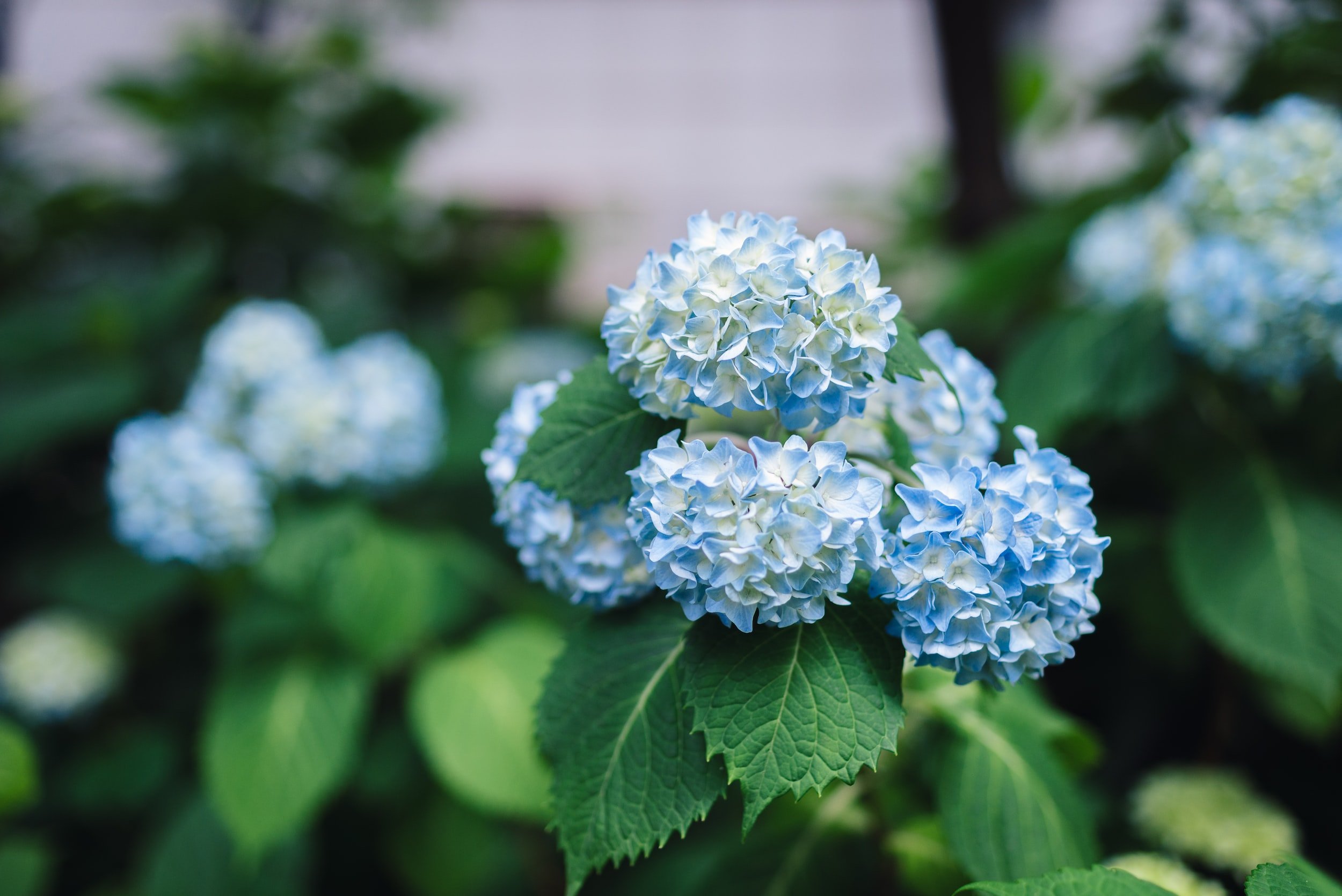All about Hydrangea Leaves Turning Yellow
Wiki Article
The Best Strategy To Use For Hydrangea Leaves Turning Yellow
Table of ContentsAn Unbiased View of Hydrangea Leaves Turning YellowMore About Hydrangea Leaves Turning YellowThe Ultimate Guide To Hydrangea Leaves Turning YellowThe Best Strategy To Use For Hydrangea Leaves Turning YellowThe Ultimate Guide To Hydrangea Leaves Turning YellowHydrangea Leaves Turning Yellow for Beginners
Big leaves typically look saggy during the afternoon heat. When they stop working to perk up in the night or still look shrivelled in the morning, your plant can be overwatered.Remove the plant from the soil and prune out any roots that aren't white and turgid (plump). Do not attempt to correct the issue by watering exceedingly.
The Hydrangea Leaves Turning Yellow Statements
Initially shows up on the older fallen leaves, but the leaf veins stay green. While there is normally adequate iron in all-natural soil, hydrangeas usually have a hard time to absorb sufficient of it.The very best method to avoid iron deficiency-chlorosis in hydrangeas is to grow them in ideal ericaceous or acidic soil. When growing in a bed, mix in some peat or reduced-peat ericaceous compost and check the p, H value annually. This is essential because the compost blend around the plants will certainly affect the p, H worth of the soil in the future and the p, H worth might increase once more.

Hydrangea Leaves Turning Yellow Can Be Fun For Everyone
September is the most effective time of year to do something regarding those hydrangeas. Their fallen leaves are transforming yellow, the blossoms have actually faded, and their gangly look is making you crazy. Beginning with the existing flowers, now is the moment to reduce them for dried out setups. If you reduced the gigantic flowers earlier in the season, they will wilt.Now to encounter the staying hedge, not a pretty view as winter season methods. Mophead, Lacecap and Oakleaf hydrangeas bloom on old wood. What that means is they will certainly grow following year on wood that was created this year. Do not prune Mophead, Lacecaps and Oakleaf hydrangeas to the ground, as you will certainly get rid of the stems that prepare to bloom following springtime.
By doing this you won't be removing also several of next year's flower buds. Prune out as much dead timber as you can discover. You can reduce nonessential to the ground. If the bush is getting bigger than you like, you can obtain a 3rd of the real-time wood while you're in there.
Our Hydrangea Leaves Turning Yellow Diaries
We're ideal in the center of our late-blooming hydrangea period below, More about the author so I thought I 'd share an idea for this particular sort of hydrangea that I located truly intriguing. A great deal of people have a comparable concern with their panicle hydrangeas where they begin to see the leaves transforming yellow and handing over at various components of the period and it can be rather significant and rather worrying due to the fact that it can take place really rapidly on a hedge that appears like it's or else actually healthy.I've shared it on Instagram before, but I realized I have actually never ever informed you concerning this in a genuine, full post, so today I'm looking after that. When I claim that this relates to panicle hydrangeas, that suggests the kind of hydrangeas that commonly grow later on in summer, typically around August.
Where we stay in area 6, they're rather simple to have success with and they're truly prominent in our area, which is excellent since that indicates that there are hydrangeas nearly anywhere currently of year. When you see your hydrangea leaves starting to turn yellow, you could assume that your plant is passing away or being maltreated somehow, however as a matter of fact, the opposite is real.
The Only Guide for Hydrangea Leaves Turning Yellow

Courtenay is the writer of guide The Cleansing Ninja and has been included in many magazines consisting of Country Sampler here Farmhouse Design, Better Homes and Gardens, Parents Publication, Real Simple, and Our Homes.
Water logged soil robs the roots of oxygen, leading to root rot and yellow fallen leaves. On the other hand, underwatering or dehydration creates the plant to wilt and its vegetation to yellow. Maintaining a regular watering schedule and ensuring appropriate drainage visit here with water drainage holes or layers can aid avoid these concerns.
The Definitive Guide to Hydrangea Leaves Turning Yellow
With correct treatment and maintenance, hydrangeas can thrive and maintain their dazzling, vibrant fallen leaves. Hydrangea leaves turning yellow is a common concern that can be associated to various elements (Hydrangea Leaves Turning Yellow).The type of yellowing seen (e. g. the position of the influenced leaves on the plant, and/or the pattern and position of the yellowing on the fallen leave itself) will often differ according to the cause. Once once more it is commonly possible to locate the perpetrator on the leaves or among the roots.
Report this wiki page